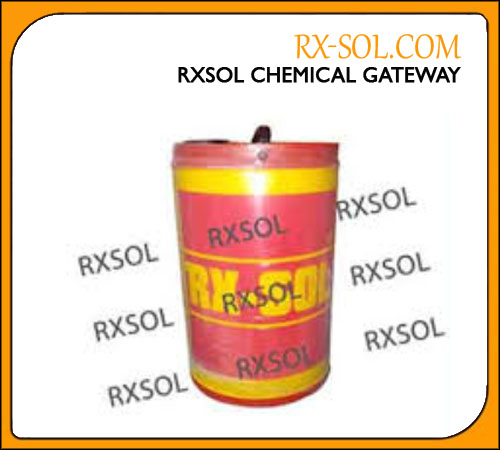Buffer Cleaner
Oman Chemical is leading one Largest Supplier, Manufacture a

Activated Carbon is a very active product with a high proportion of medium and large pores. It is recommended for the adsorption of large quantities of high molecular weight substances.
Activated carbon is useful in drinking water treatment because it acts as an adsorbent, and can effectively remove particles and organics from water. These organics are of great concern in water treatment because they react with many disinfectants, especially chlorine.
The use of Granular Activated Carbon in wastewater treatment systems is a proven process for removal of organic compounds. As a tertiary treatment method, carbon adsorption and regeneration have been used to process domestic wastewaters contaminated with industrial wastes of organic origin as well as biologically treated waste waters. Activated Carbon, when contacted with water containing organic material, will remove these compounds selectively by a combination of adsorption of the less polar molecules, filtration of the larger particles, and partial deposition of colloidal material on the exterior surface. The quantity of Activated Carbon required will depend upon the degree of contamination.
An amorphous from of carbon characterized by high adsorptivity for many gases, vapors, and collodial solids.
Used for water and air purification, solvent recovery, waste treatment, removal of sulfur oxide from stack gases and "clean'' rooms as deodorant, and for air conditioning.
TYPES OF ACTIVATED CARBON
POWDERED ACTIVATED CARBON :-
GRANULAR ACTIVATED CARBON :–
Coal, Carbon & Charcoal
|
Physical
Appearance: Dark grey/black powder |
Chemical
Type: Charcoal |
Activated carbon manufacturer, supplier and exporter. We are manufacturing Granular Activated Carbon with various Iodine Adsorption value (mg. /gm.): 450 IV - 1200 IV
We manufacture and export Activated Carbon to our clients that are formulated using premium quality chemicals and according to the international quality standards. These are used for the reduction of the impurities related to taste, odour and colour inorganic chemicals. Our ranges of products are fully tested by quality analysts to ensure that the defect free range is supplied to our customers. We offer these at cost effective prices.
We are leading supplier of Activated Carbon and Activated Charcoal for various industrial applications worldwide like Petrochemical, Sewage Treatment, Water Treatment Plants, Activated Carbon for contamination, odour and colour removal.
Activated Carbon Manufacturer Exporter and supplier in Abudhabi, Ajman, Dubai, Sharjah, Fujairah UAE Middle East, Mumbai Maharastra, Kandla Gujrat, Visakhapatnam Andhra Pradesh, Chennai Tamilnadu, Kolkata West Bengal, Muscat Barka Sohar Oman, Canada